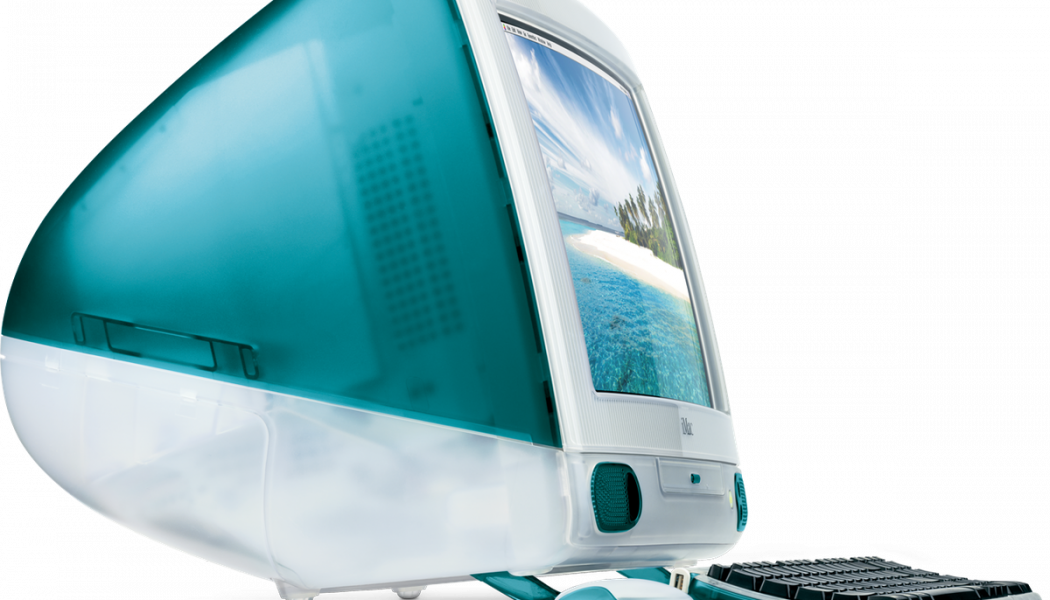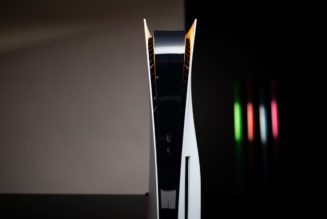NASA’s brand-new Perseverance rover is the most advanced machine that’s ever landed on Mars. But when it comes to rovers, “state of the art” is a subjective term. Perseverance is running on none other than a PowerPC 750, a single-core, 233MHz processor with just 6 million transistors that’s most famous for powering the original “Bondi blue” iMac from 1998. It’s the same type of processor that NASA already uses in its Curiosity rover.
That may seem like a waste to some. After all, even with the difficulty of buying computer parts these days, surely NASA could have found the budget for something like Intel’s $500 Core i9-10900K CPU (with 10 cores and a max clock speed of 5.3GHz) somewhere in the $2.7 billion cost of Perseverance. But as New Scientist explains, such an advanced chip is actually a detriment to the unique operating conditions of Mars.
:no_upscale()/cdn.vox-cdn.com/uploads/chorus_asset/file/7009607/angled_original_imac_large_2x.0.png)
That’s largely because Mars’ atmosphere offers far less protection from harmful radiation and charged particles than Earth’s atmosphere. A bad burst of radiation can badly wreck the sensitive electronics of a modern processor — and the more complex the chip, the more can go wrong. Plus, at 138 million miles away, it’s not like NASA can just swap out the processor if things go sideways. Because of those conditions, Perseverance actually features two computing modules: one is a backup just in case something goes wrong. (A third copy of the module is also on board for image analysis.)
To make the system even more durable, the PowerPC 750 chip in Perseverance is a little different than the one in the old iMacs. It’s technically a RAD750 chip, a special variant that’s hardened against radiation and costs upwards of $200,000. The chip is popular for spacecraft, too: in addition to Perseverance and Curiosity, it also powers the Fermi Space Telescope, the Lunar Reconnaissance Orbiter, the Deep Impact comet-hunting spacecraft, and the Kepler telescope, among others.
While the processor may be weak compared to a modern smartphone or gaming PC, NASA’s spec sheet for Perseverance notes that it’s far more powerful than earlier rovers like Spirit or Opportunity: its 200MHz clock speed is 10 times faster than those older rovers, and with 2GB of flash memory, it offers eight times the storage. (Rounding things out, Perseverance also has 256MB of RAM in case you were looking to build your own rover.)
But while the chip itself has been to Mars before, Perseverance features some new computer technology that’s debuting on the planet for the first time: Linux, which powers the Ingenuity helicopter that will attempt to fly autonomously on Mars as part of Perseverance’s mission.










